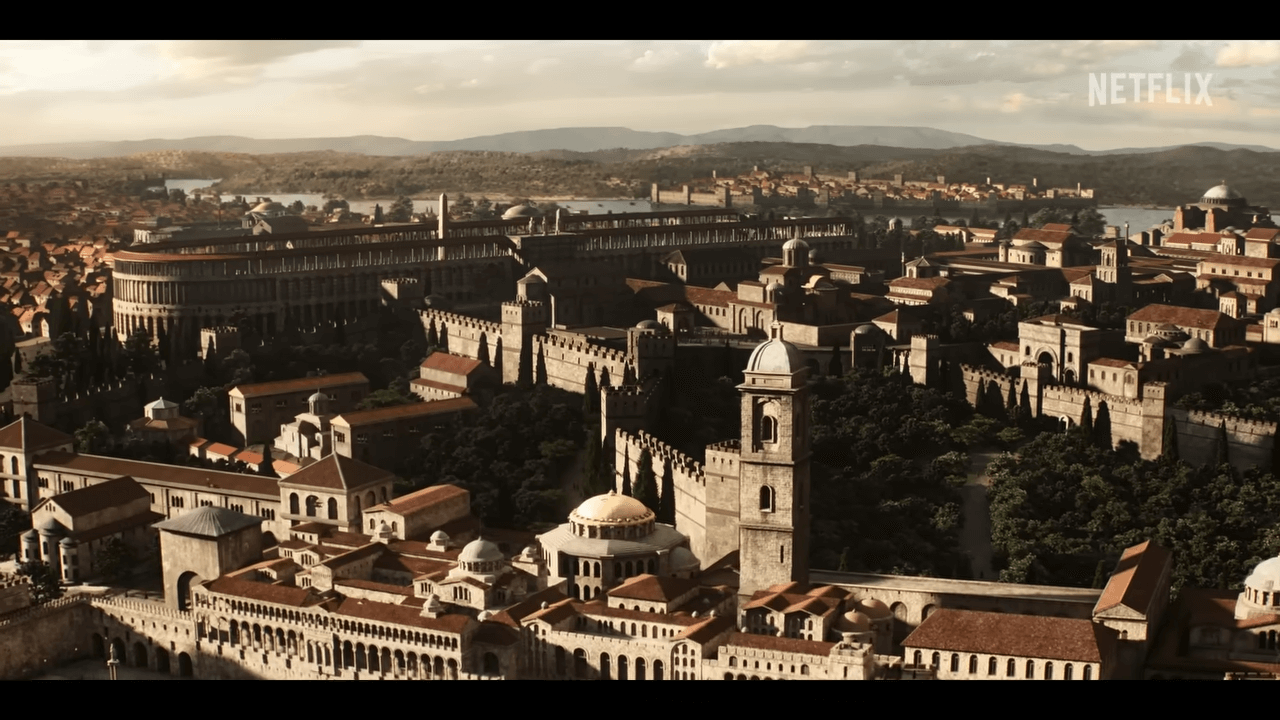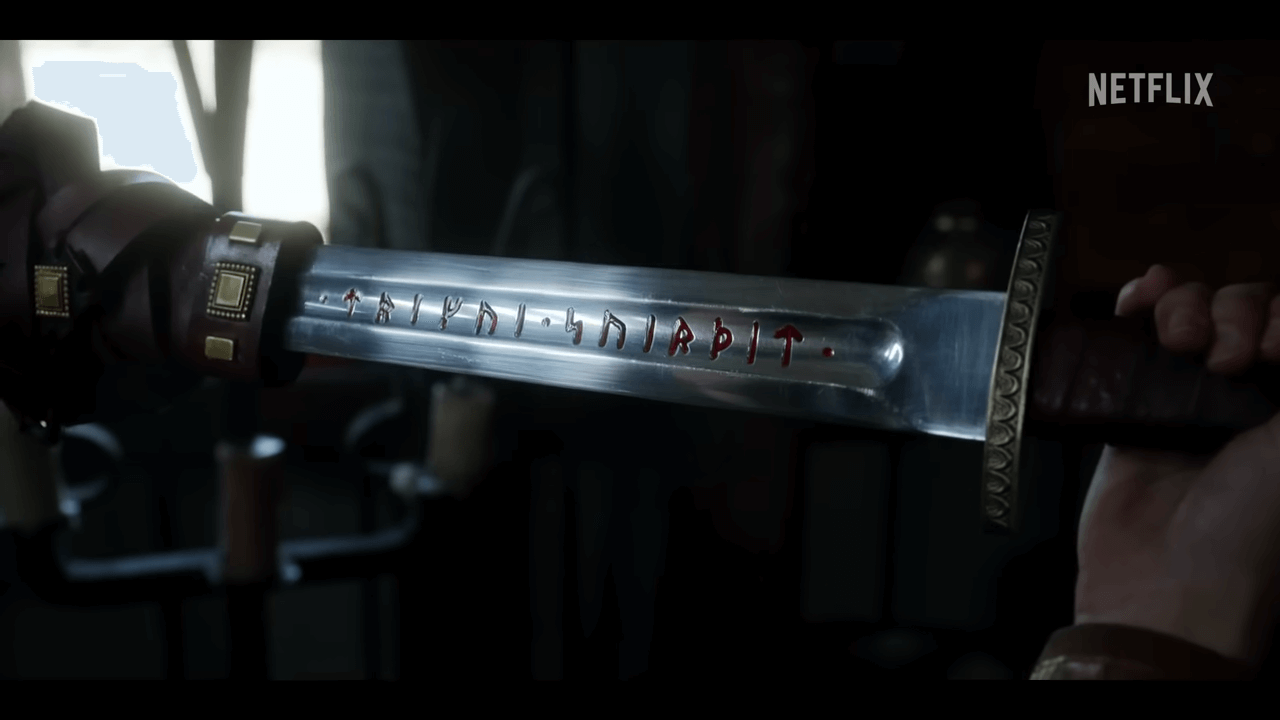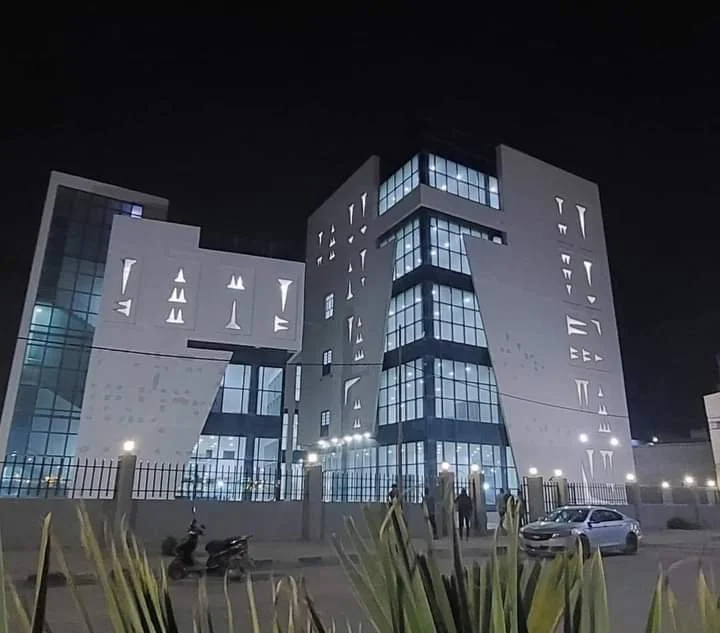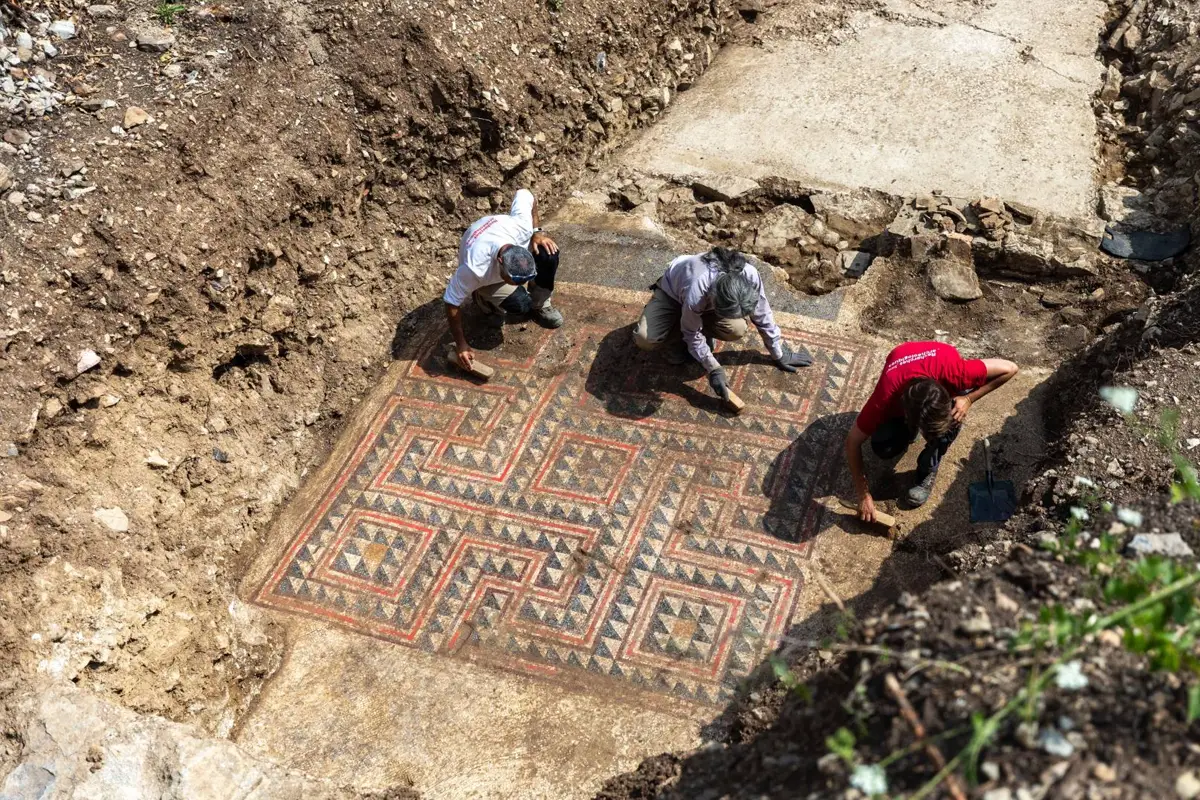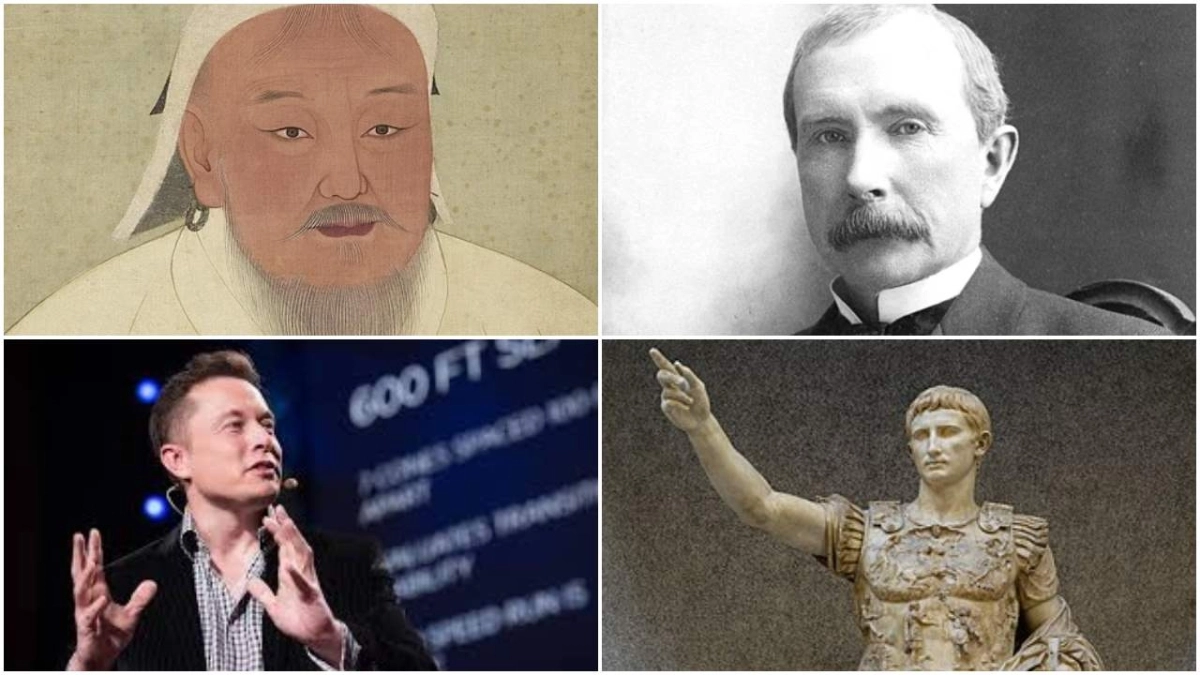An extraordinary discovery in Hatay, Turkey, has captivated archaeologists and historians alike: an ancient Greek mosaic that continues to puzzle experts with its intricate images and inscriptions. Found near the Turkish-Syrian border in the Hatay Province, this mosaic dates back to the 3rd century BC and likely adorned the dining room floor of a wealthy man's home. The mosaic, divided into three sections, presents scenes rich with symbolism and cultural significance, providing a fascinating glimpse into ancient Greek and Roman life.
A Puzzle in Pieces: The Mosaic's Composition
The Hatay mosaic is divided into three distinct sections, each offering a unique scene that collectively narrates a story of life, urgency, and mortality.
1. The Cheerful Skeleton
The most debated image is the first from the left, depicting a skeleton lounging with a pitcher of wine and a loaf of bread beside him. Above this skeleton, the ancient Greek inscription reads "ΕΥΦΡΟΣΥΝΟΣ," translating to "Be cheerful, enjoy your life." This image starkly contrasts with common depictions of skeletons as symbols of death, instead promoting a message of enjoying life's pleasures.
2. The Rushed Dinner
The middle section features a man running frantically, having lost one shoe in his haste. He is pursued by a bald, older man who might be his servant or slave. The sundial in the scene indicates a time between 9 p.m. and 10 p.m., suggesting a late hour. The accompanying inscription, "ΤΡΕΧΕΔΙΠΝΟΣ-ΑΚΑΙΡΟΣ," translates to "He is in a hurry to get dinner because he’s nearly out of time." This scene vividly captures the urgency and importance of dining, a central aspect of social life in ancient times.
3. The Bath Servant
The third section, though mostly destroyed, shows the head and arms of a servant carrying a flame. Experts believe this represents the preparation of a bath, another crucial element of daily life in Greek and Roman culture. The bath served not only for cleanliness but also as a place of social interaction and relaxation before supper.
Interpreting the Scenes: Divergent Views
Historians and archaeologists are divided on the interpretation of these scenes, especially the skeleton. One perspective views the skeleton's presence alongside wine and bread as a hedonistic reminder to enjoy life's pleasures. Another interpretation suggests a more cautionary tale: if read from right to left, the narrative could indicate that the man’s rush to eat and drink symbolizes a life consumed by indulgence, leading to an untimely death, as suggested by the skeleton.
Historical and Cultural Context
This mosaic is believed to originate from Antioch, an ancient Greek and Roman city established by Seleucus I Nicator, a general under Alexander the Great, at the end of the 4th century BC. Antioch's strategic location made it a significant hub in the spice trade and a crucial stop along the Silk Road and Royal Road.
Antioch thrived due to its military strength and strategic importance, eventually becoming a rival to Alexandria as the chief city of the Near East. It served as the capital of the Seleucid Empire until its conquest by the Romans in 63 BC.
The Legacy of Antioch
The discovery of this mosaic in Hatay underscores the rich historical tapestry of the region. Hatay Province is renowned for its numerous Greek and Roman-era mosaics, reflecting the area's historical significance and the cultural confluence of Greek, Roman, and local influences. The Antioch mosaic, with its detailed craftsmanship and evocative scenes, adds another layer to our understanding of ancient daily life and artistic expression.
In Conclusion the ancient Greek mosaic found in Hatay, Turkey, is a remarkable artifact that continues to intrigue and challenge experts. Its scenes of a cheerful skeleton, a hurried diner, and a bath servant not only depict aspects of ancient life but also provoke deeper reflections on the human condition, the pursuit of pleasure, and the inevitability of death. As archaeologists and historians delve further into its meanings, this mosaic remains a captivating link to the world of antiquity, preserving the rich legacy of Antioch for future generations.




















